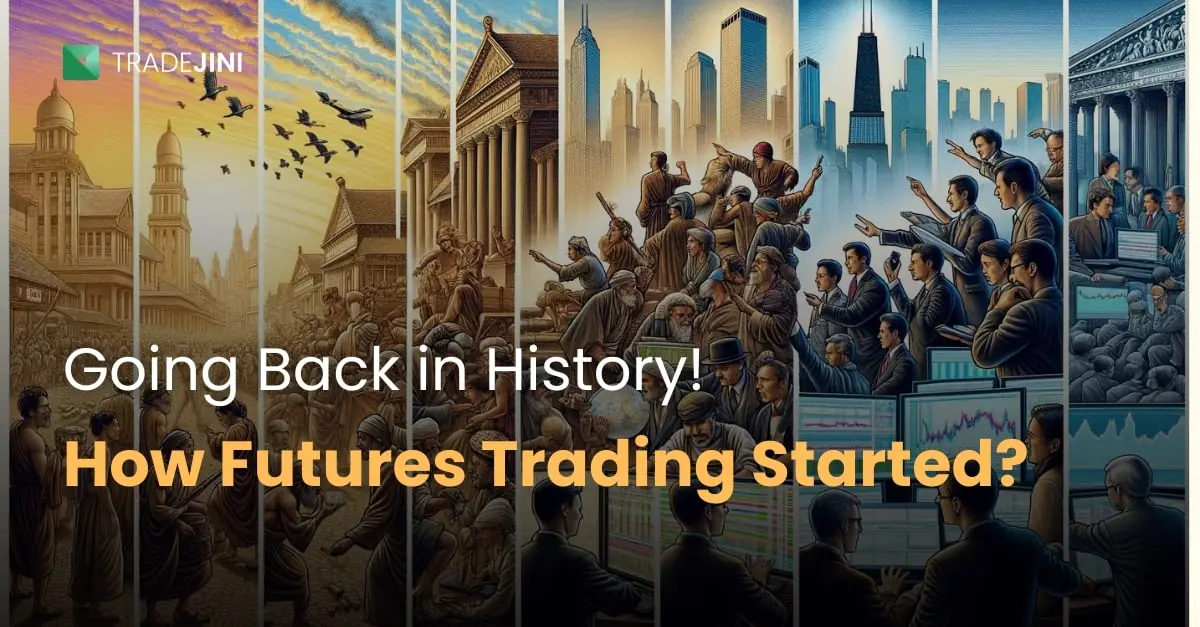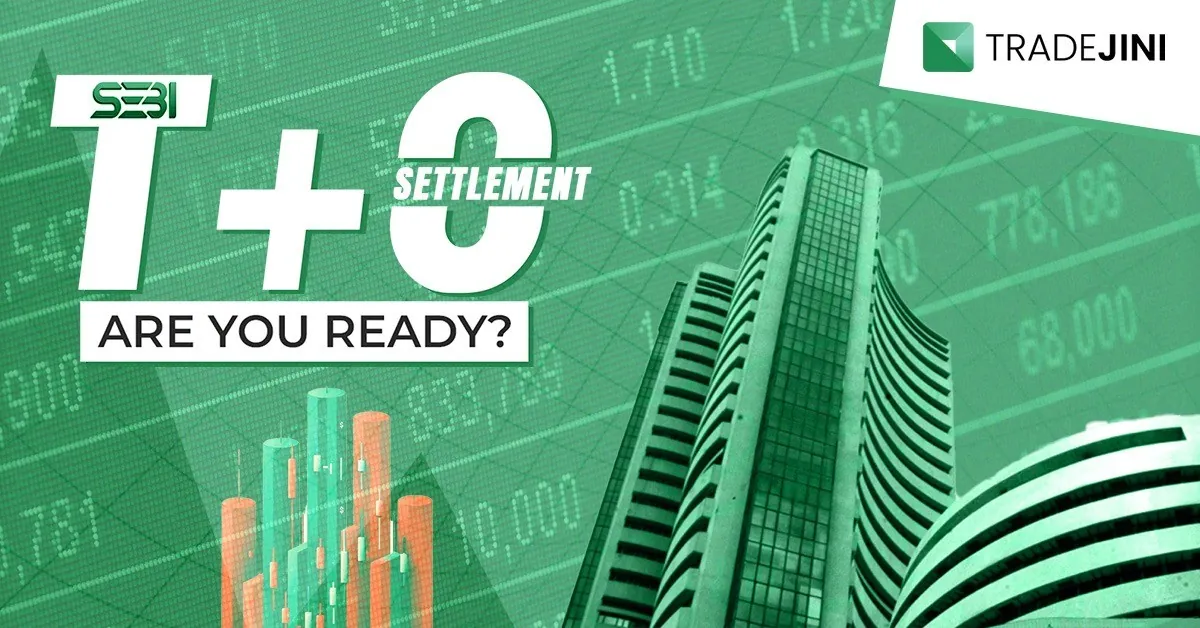Futures trading, a cornerstone of the financial markets, allows traders to hedge against price movements or speculate on commodities, currencies, and indexes. Did you know that the concept of futures trading dates back thousands of years, with the earliest recorded instance around 6000 B.C. in Mesopotamia? Today, it's a sophisticated market mechanism integral to global finance, but its journey from ancient times to modern trading floors is a fascinating evolution of commerce and economic principles.
Historical Origins
The inception of futures trading can be traced back to ancient civilizations, where it began as a simple agreement between parties to trade goods at future dates. These early contracts were primarily for agricultural commodities. However, the true transformation occurred in the 17th century in Japan, where rice futures began trading on the Dojima Rice Exchange, establishing a formalized market that laid the groundwork for futures trading as we know it.
In the 18th century, Europe witnessed the emergence of more structured futures markets. Notably, the London Metal Exchange, founded in 1877, became a central hub for metal futures trading, showcasing the growing complexity and international reach of futures markets.
Modern Futures Markets
The Chicago Board of Trade (CBOT), established in 1848, marks the beginning of modern futures trading. The CBOT introduced standardized futures contracts, which was a significant innovation that allowed for the expansion of futures markets beyond agricultural commodities to include metals, energy, and financial instruments like currencies and interest rates.
This period also saw the development of other key futures exchanges around the world, including the New York Mercantile Exchange (NYMEX) and the Intercontinental Exchange (ICE), further diversifying the types of contracts available and increasing the global participation in futures trading.
Expansion and Diversification
With the foundation laid by the CBOT, futures trading began to expand and diversify beyond agricultural commodities. This period marked significant milestones in the evolution of futures markets:
- Introduction of Financial Futures: In the 1970s, the introduction of financial futures revolutionized the market. This included:
- Currency Futures: Launched in the wake of fluctuating exchange rates post the Bretton Woods Agreement's collapse.
- Interest Rate Futures: Instruments like T-bills and Eurodollars futures allowed participants to hedge against interest rate risks.
- Stock Index Futures: Enabled traders to speculate on the future direction of market indices.
- Global Expansion: Futures trading became a global phenomenon with the establishment of exchanges across the world, such as:
- The London International Financial Futures Exchange (LIFFE) in 1982.
- The Tokyo Commodity Exchange for non-agricultural commodities.
- Eurex: A leading derivatives exchange, further integrating European markets into global futures trading.
- Technological Advancements: The late 20th and early 21st centuries saw technology fundamentally changing trading dynamics. Electronic trading platforms made markets more accessible, efficient, and faster. This era introduced:
- Globex: The CME Group's electronic trading platform.
- Algorithmic Trading: Computer algorithms to automatically execute trades based on pre-set criteria, enhancing liquidity and market efficiency.
Futures Trading in India
The trajectory of futures trading in India offers a unique insight into the adaptation and growth of financial markets in an emerging economy:
- Early Beginnings: India's engagement with futures trading dates back to the 19th century, with the establishment of the Bombay Cotton Trade Association in 1875, marking the inception of commodity futures trading in India.
- Post-Independence Developments: Despite initial growth, the Indian government suspended futures trading in many commodities by the 1960s due to concerns over speculation and price manipulation.
- Liberalization and Reintroduction: The economic reforms of the 1990s paved the way for a gradual reintroduction of futures trading. Key developments included:
- The National Stock Exchange (NSE): Launched in 1994, introducing modern trading infrastructure.
- The Multi Commodity Exchange (MCX): Established in 2003, becoming a pivotal platform for commodity futures in India.
- The National Commodity and Derivatives Exchange (NCDEX): Also founded in 2003, further diversifying the futures market in India.
- Regulatory Framework: The Forward Markets Commission (FMC) was the regulatory authority overseeing commodity futures markets until 2015, when it merged with the Securities and Exchange Board of India (SEBI), consolidating regulatory oversight of India's securities and commodity derivative markets.
Regulatory Framework
The regulation of futures markets has been critical in ensuring transparency, protecting investors, and maintaining market integrity. Globally, regulatory bodies like the Commodity Futures Trading Commission (CFTC) in the United States and the Financial Conduct Authority (FCA) in the UK oversee futures markets. In India, the Forward Markets Commission (FMC) was responsible for regulating commodity markets until 2015, after which its functions were merged with the Securities and Exchange Board of India (SEBI). This consolidation aimed to bring greater efficiency in regulating the securities and commodity derivative markets.
Impact and Current Trends
Futures trading has significantly influenced global and Indian markets by providing a mechanism for price discovery and risk management. The introduction of various financial instruments has allowed investors to hedge against price volatility and speculate on future price movements. In recent years, technological advancements have further transformed futures trading with the advent of electronic trading platforms, increasing market accessibility and efficiency.
From its ancient origins to the sophisticated markets of today, futures trading has evolved to become a fundamental component of the global financial system. In India, the futures market has witnessed significant growth, thanks to regulatory reforms and technological advancements. As we look to the future, the continued innovation and regulation in futures trading will undoubtedly play a pivotal role in shaping global and national economies.



